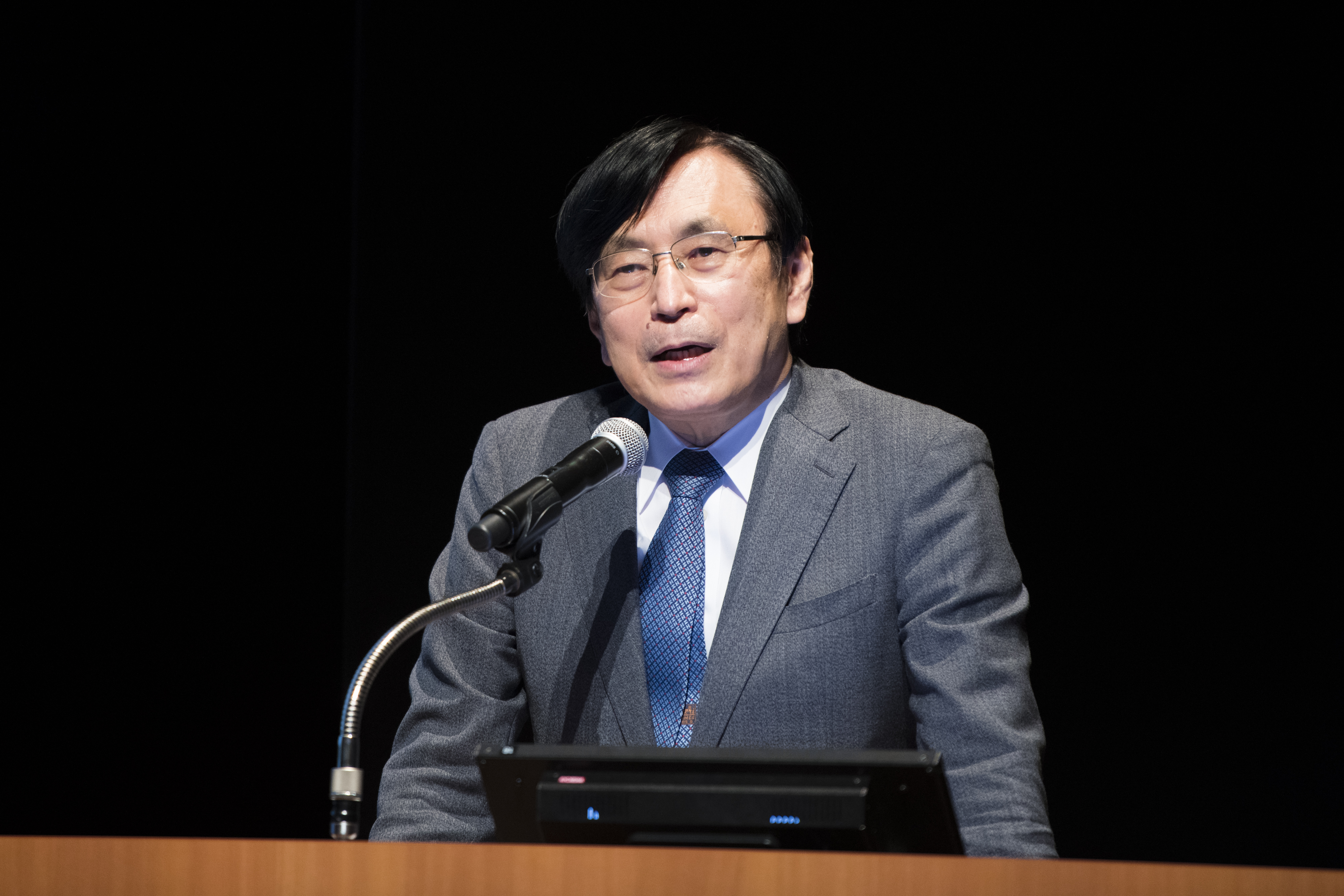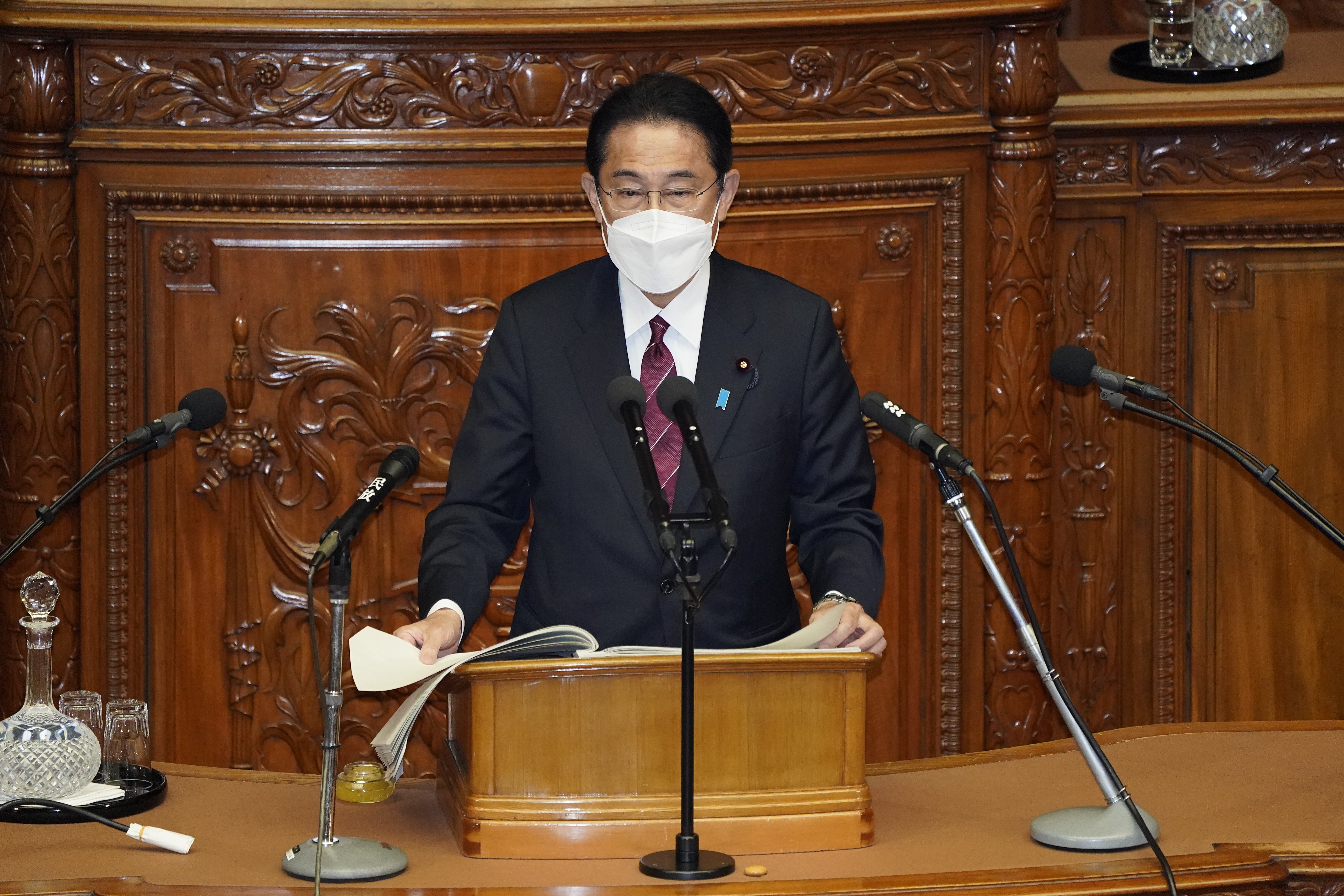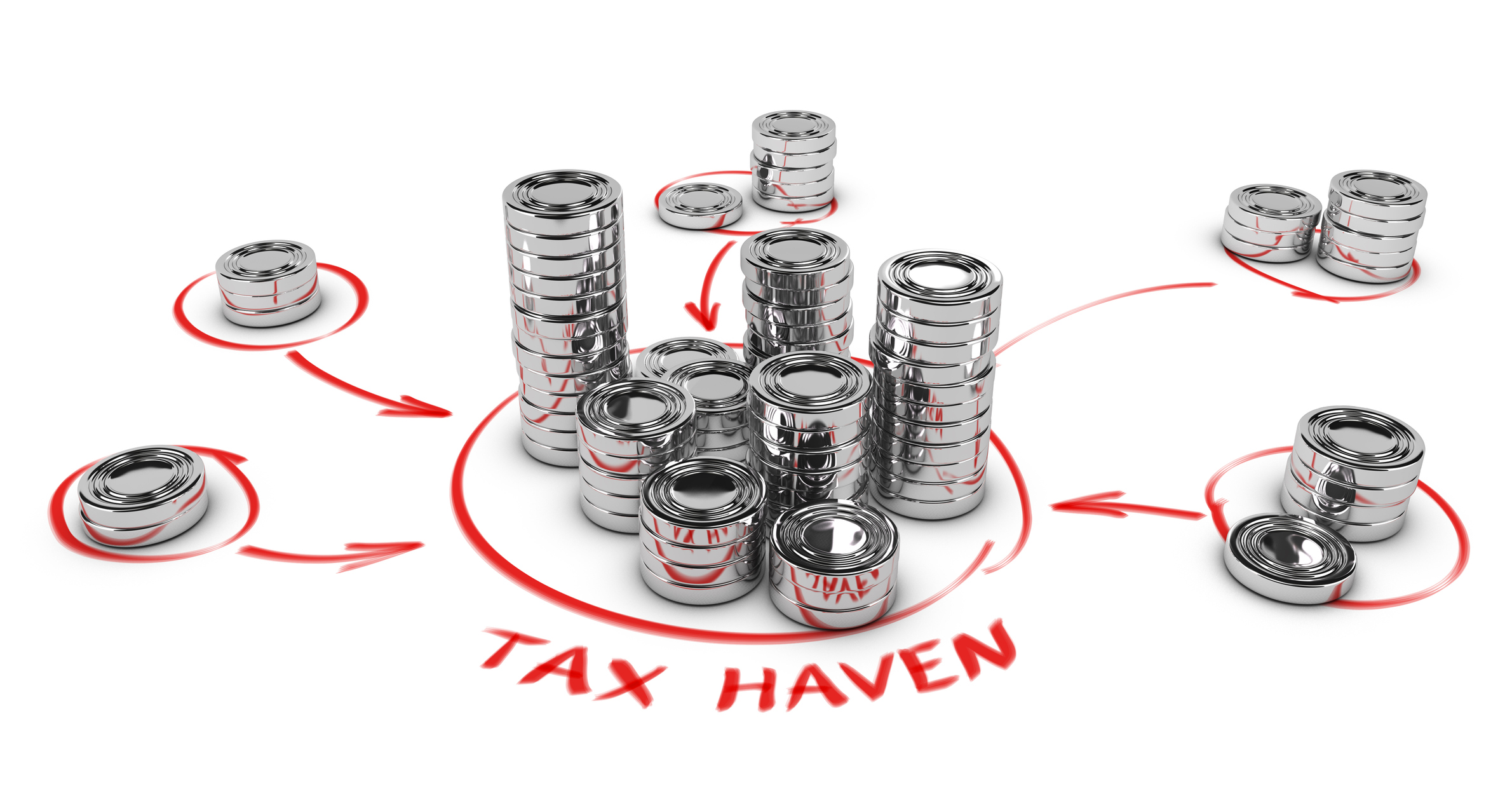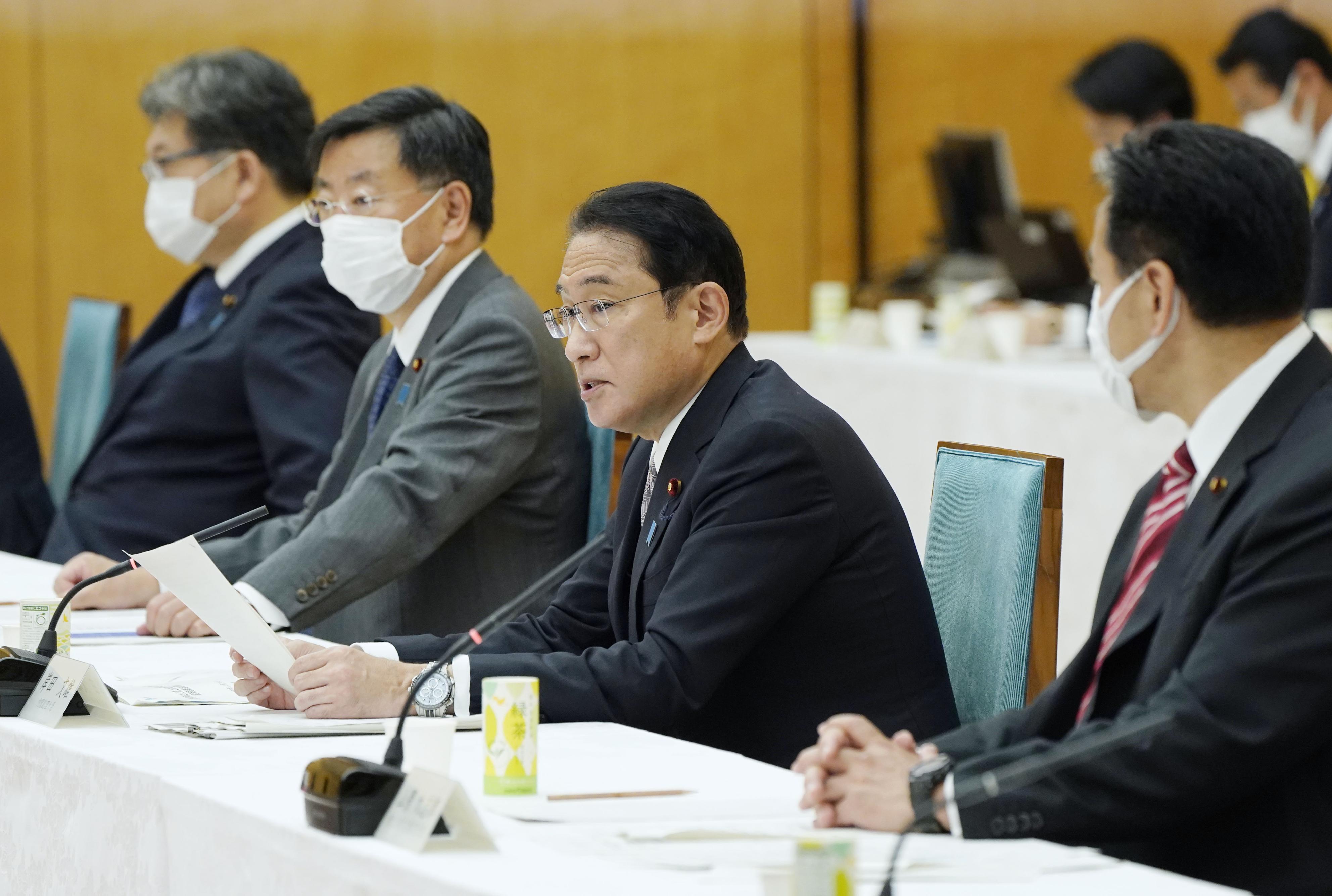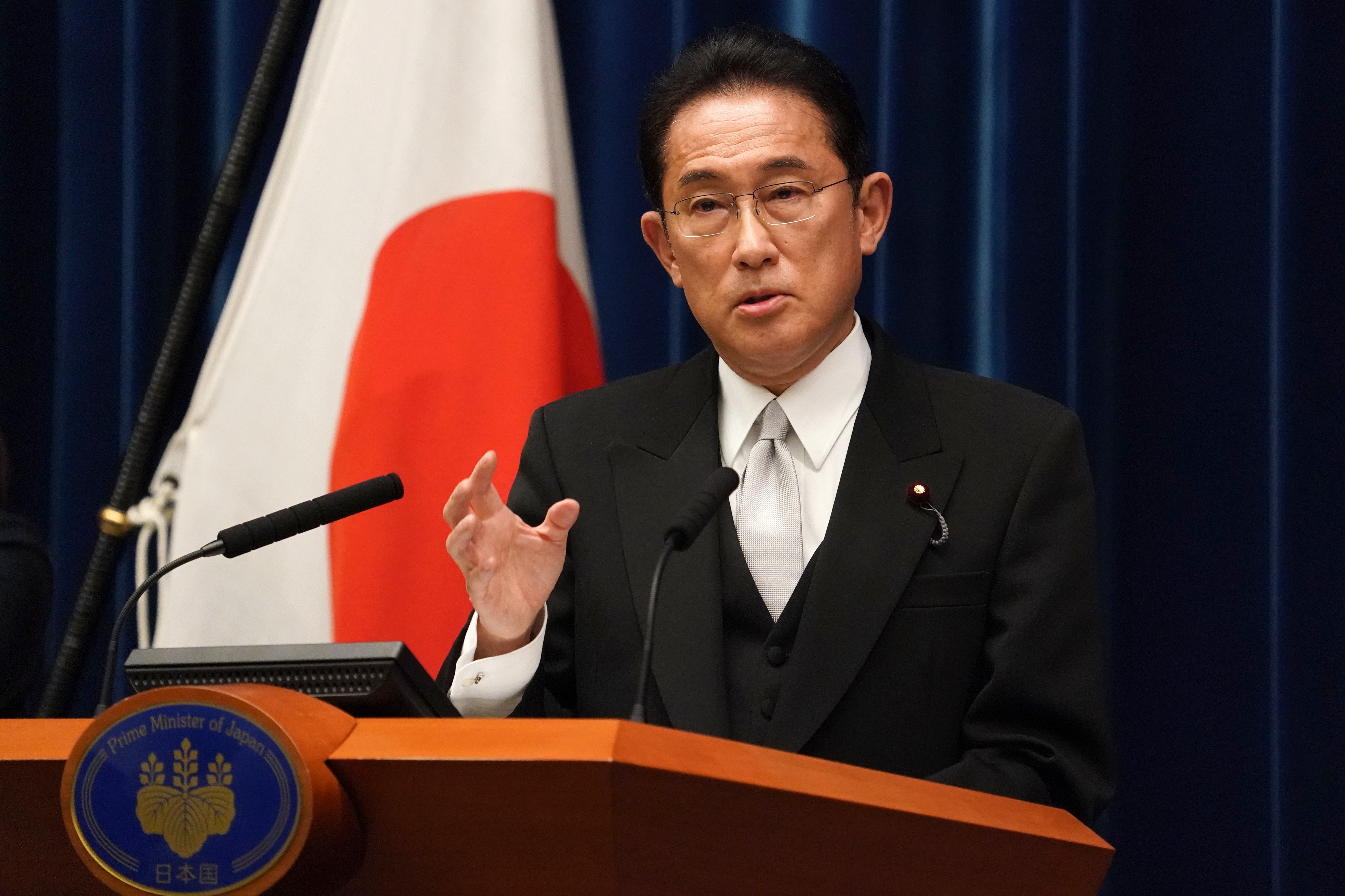- Article
- Tax & Social Security Reform
Cushioning the Consumption-Tax Increase: The Triumph of Politics over Policy
November 27, 2018

Shigeki Morinobu laments the political bargaining behind the government’s ill-advised shift to a dual-rate consumption tax, while calling for intelligently designed rebates and other incentives to boost productivity in the retail sector.
* * *
On October 15, Prime Minister Shinzo Abe announced plans to raise the consumption tax—which has twice been postponed—from the current 8% to 10% in October 2019. But in a departure from long-established practice, the government has promised to leave the rate for foodstuffs and other daily necessities at 8%. In addition, it proposes to cushion the impact of the increase with a grab bag of breaks and bonuses, including “premium vouchers” and a 2% rebate on qualifying credit-card purchases.
Inasmuch as the last two consumption tax hikes were widely blamed for pushing Japan’s sluggish economy back into recession, Japan’s leaders are understandably anxious to “get it right” this time. If the 2019 increase derails the economy, subsequent tax hikes could become a political third rail, leaving the government with few options for raising the revenues it needs to cover the social-security costs of an aging society.
But such fears are no justification for poorly-thought-out relief measures. Tax policy must be formulated thoughtfully and rationally—with efficacy, consistency, and fairness uppermost in mind—and approved by a well-informed electorate. In the following, I take a look at the government’s plans to cushion the impact of its 2019 tax increase in the light of those criteria.
Tax Policy as Political Bargaining Chip
Let us begin with the basic idea of reduced tax rates for food and other necessities. Reduced rates are costly to government and business alike and regressive in character, since they benefit the richest, highest-spending taxpayers the most. They have been the source of endless problems in the European Union and have been panned by the European Commission as a highly inefficient way of lightening the tax burden on low-income households. For years Japan’s policymakers resisted a dual-rate system. What prompted this change of heart?
In 2012, Japan’s top political parties agreed on legislation that set the stage for a two-step increase in the consumption tax—from 5% to 8% and then to 10%. The same reform package mandated relief measures for low-income households, calling for further deliberation between two basic alternatives: a rebate along the lines of a refundable tax credit or establishment of reduced rates for food and other necessities. (In the interim, the agreement called for the government to cushion the impact of the tax increases by means of simple cash benefits.) It fell to the Abe cabinet to implement that policy after the Liberal Democratic Party (which was a signatory to the agreement) returned to power in late 2012 with the support of Komeito, its junior coalition partner.
Senior members of the LDP’s powerful Research Commission on the Tax System generally opposed reduced rates, not least because they impose a heavy clerical and accounting burden on small businesses. Komeito, on the other hand, kept pushing for reduced rates for food and other necessities, having promised such breaks to voters.
In October 2015, with a 2016 House of Councillors election on the horizon and the second consumption tax increase scheduled for April 2017, Abe replaced the chairman of the LDP tax commission, who opposed a dual-rate system, and ordered the new chair to come up with a concrete plan for reduced rates.
This concession to Komeito came just weeks after the Diet had passed contentious government-sponsored defense legislation with Komeito’s rather reluctant support. It seems clear from this sequence of events that the decision to embrace reduced rates instead of some form of tax credit or rebate was motivated mainly by political quid-pro-quo considerations.
Worst of all, the decision was made without adequate public debate, a situation for which the news media bear a heavy responsibility. It can hardly be a coincidence that the newspapers, having themselves been declared eligible for the reduced rate, carried so little critical analysis of the issue.
Now, moreover, Komeito has come out in favor of a cash bonus in the form of “premium vouchers”—government-subsidized shopping vouchers worth more than what consumers pay for them. Indeed, Komeito party chief Natsuo Yamaguchi has inexplicably endorsed the scheme as a “familiar, user-friendly system of proven efficacy.” One can only assume that his party is having second thoughts about the effect (or popularity) of the reduced rates for which it lobbied so hard.
Revisiting the “Japanese-Style Reduced Rate”
Another key relief measure being floated is a 2% rebate in the form of points on qualifying card transactions. In addition to its primary goal of blunting the tax hike’s impact on consumption, the rebate has the worthy aim of encouraging the use of credit and debit cards in a society that has stubbornly resisted the global trend toward cashless payment.
In terms of fairness and efficacy, however, it must be said that the 2% rebate plan lacks the vision of the “Japanese-style reduced tax rate” proposed by the Ministry of Finance back in September 2015.
The MOF suggested the scheme as an alternative to Komeito’s blanket rate reduction for necessities. The proposed system relied on the use of My Number cards, chip-embedded identification cards being issued on request in conjunction with the new My Number taxpayer ID system. The idea was that shoppers could swipe their cards at terminals that would transfer their purchase information to a special server. By using that data, along with the income information associated with each My Number account, tax authorities could easily target the rebate to lower-income taxpayers, creating a system that would actually counteract the regressive nature of the consumption tax—unlike reduced tax rates, from which the wealthy derive more benefit than the poor. The overall cost of compliance would also be much lower than that incurred by reduced tax rates, which complicate the computation of taxes on intercompany transactions as well as consumer sales.
Politicians from the ruling coalition, sensing opposition from their constituents, rejected the proposal on the following grounds:
- My Number cards’ low penetration rate.
- Danger that the use of the cards at cash registers could lead to data breaches.
- Consumers’ resistance to giving the government (that is, tax authorities) access to their purchase history.
- Retailers’ resistance to installing the card readers and giving the tax authorities unfiltered access to their sales data.
Three years on, however, it seems to me that the MOF was onto something with its vision of a system that would not only permit a more progressive application of the consumption tax but also accelerate Japan’s excruciatingly slow transition to a modern digitized taxpayer ID system.
An Opportunity for Modernization
The fact is that the My Number system, designed, adopted, and promoted at great cost to the government and Japanese taxpayers, has yet to penetrate our society. Since January 2016, when local governments began issuing My Number cards to residents requesting them, only around 15 million have been distributed. Japan’s slow progress in implementing a full-fledged modern digital taxpayer ID system is the biggest reason it lags so far behind Europe in the integration of its tax and social security systems, something the government has been promising for years.
It is not too late to equip the 2019 tax plan with measures to boost the use of My Number cards. For example, people who use the card when redeeming points might be eligible for a higher premium. It might also be possible to make use of the My Key Platform system, which allows local residents to accumulate and redeem “municipality points” (including credit card points and airline miles) using their My Number cards.
Japan’s relatively low labor productivity is attributable mostly to its retail sector. The government already offers subsidies to encourage the adoption of digital ordering systems and promotion of master sales and product data management at both the business-to-consumer and business-to-business levels. This would be a good time to put those subsidies to use and lay the foundation for a more productive, vibrant economy.
The change will not occur overnight. Some retailers will doubtless resist modernization. But the government should leverage the full range of incentives at its disposal with the aim of completing the shift to modern digital technology, including the use of My Number cards, over the next 5 to 10 years.











